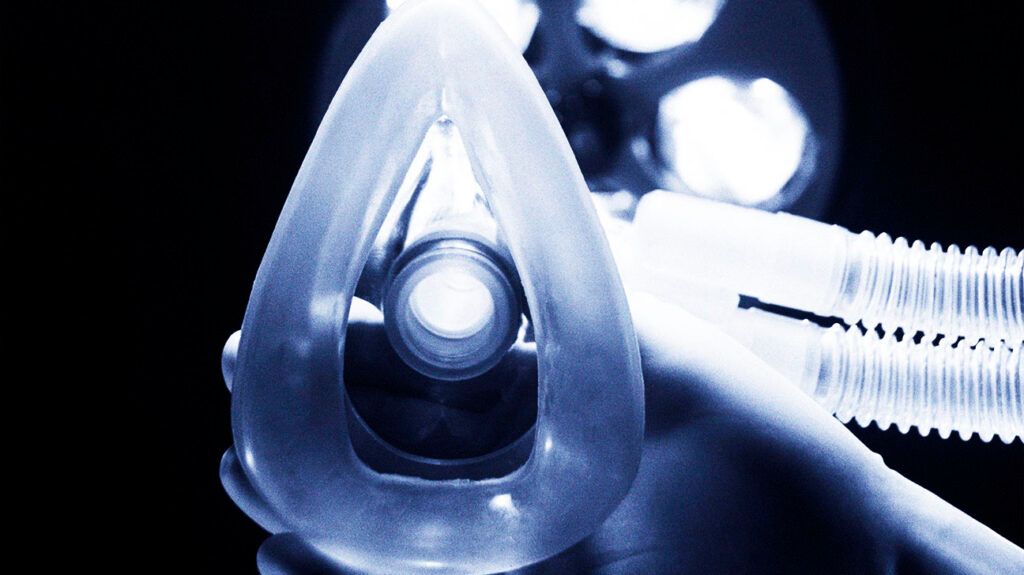Accidentally dislodging a tracheostomy tube within a week of the procedure is a medical emergency. However, a person may be able to reinsert longer-term tracheostomy tubes at home.
A tracheostomy is the placement of a tube into the windpipe through the neck to support breathing. People may need a tracheostomy if they have excess fluid in their lungs or a blockage that obstructs breathing. A tracheostomy is also necessary while using a ventilator to deliver oxygen to the lungs.
After a tracheostomy, a person will breathe through the tube rather than the nose and mouth. They may only need a tracheostomy for several days, but some people require one for much longer. If the tube comes out unintentionally, a person may need medical attention. Dislodgement of a tracheostomy tube is also known as decannulation.

Doctors consider an unintended tracheostomy decannulation a medical emergency, and
People who are still in the hospital and using a ventilator will probably receive an immediate replacement. If the hole, or stoma, is less than 7 days old, the emergency response team should not reinsert the same tube. Instead, they will try to fit a new tube.
If the individual was already receiving ventilation through a machine, the team would then reattach the machine to the stoma and new tube. Ventilation by nose or mouth might be necessary if fitting a new tube is not possible.
According to the American Thoracic Society, people who have had a tracheostomy tube for longer may be able to reinsert a new tube without medical assistance.
Cleaning the tube will be necessary after full removal. People with a tracheostomy tube may benefit from having a spare tube on hand at all times. These are sometimes smaller than the original tube to allow for easier insertion in case of emergency.
People who live with breathing difficulties may find reinsertion difficult. A medical team can train an individual and their caregivers on reinserting a tracheostomy tube.
Once a doctor confirms that reinserting the tracheostomy tube is safe, an individual can attempt to use the spare tube as a replacement if the original comes out. The tube consists of an inner cannula that slides into an outer cannula. An obturator is
Having another person nearby to help is important. The following steps can help a person ensure a clean, safe changeover:
- Prepare the clean tube by inserting the ties into the neck plate openings and placing the obturator inside the outer cannula.
- Apply a few drops of tap water or lubricating jelly to the bottom part of the tube.
- Hold the current tracheostomy tube in place while cutting the ties.
- Take a deep breath before removing the current tracheostomy tube.
- Gently insert the clean tracheostomy tube with a back-and-down motion, tilting the head back slightly if necessary.
- Remove the obturator from the outer cannula.
- Breathe deeply.
- Secure the tracheostomy ties.
- Insert the inner cannula into the outer cannula and lock it in place.
This process can help people with a long-term tracheostomy tube complete planned tube changes as well as those who dislodge the tube by accident.
Accidental decannulation is the term that describes accidental dislodgment of the tracheostomy tube. This is a potential complication that can occur at any time following tracheostomy placement.
Several causes and risk factors can lead to accidental dislodgment in both the underlying conditions and the surgical procedure. These might include:
- Weight changes: Surgeons often apply a collar tie, which loops around the neck to prevent slippage and looseness. However, if a person loses weight due to a health problem or extended hospital stay, their neck may get thinner. This means the collar tie will not provide enough stability, and the tube may fall out.
- Turning: Sometimes, the tracheostomy tube may fall out while turning the person in their bed.
- Severe coughing: The force applied during coughing may push the tube from its stoma in some people.
- Daily routine: Once out of the hospital, a person may knock the tracheostomy tube out of place, such as during skin care or strenuous activity.
- Change in mental status: Agitation and delirium may increase the risk of accidental dislodgement, but using limb restraints may reduce the risk.
Daily tracheostomy care is an essential part of life after the procedure. This might include:
- Cleaning: Cleaning methods depend on the tube type and how it connects to a breathing machine. Inner cannula tubes need regular cleaning to prevent mucus buildup. To avoid rashes, clean the stoma and surrounding skin two or three times daily.
- Showering: To prevent water from entering the lungs, protect the tracheostomy tube and stoma with a waterproof cover during showers.
- Tube changes: Tracheostomy tubes need changing every 1 to 3 months, depending on the tube type and the advice of the doctor. The first change takes place in the hospital, but trained caregivers can carry out later changes at home.
- Equipment: Necessary equipment at home includes oxygen, a ventilator, a bag-valve mask, and a portable suction machine with disposable catheters and saline solution. The medical team will train the individual and their caregivers on equipment use before discharging them after a tracheostomy.
Doctors also advise slow, careful movements until the stoma heals fully.
Read on to learn more about caring for a tracheostomy.
Accidentally dislodging a fresh tracheostomy tube requires emergency assistance. Switching to a new tube after accidental dislodgement is possible for people who already change their own tracheostomy tubes as part of a home care routine. However, contact a healthcare professional if breathing difficulties occur during the changeover.
Weight loss, poorly secured tubes, changes in mental status, and knocking the tube by accident risk dislodging it. However, appropriate tracheostomy and stoma care reduces the risk of severe complications.
